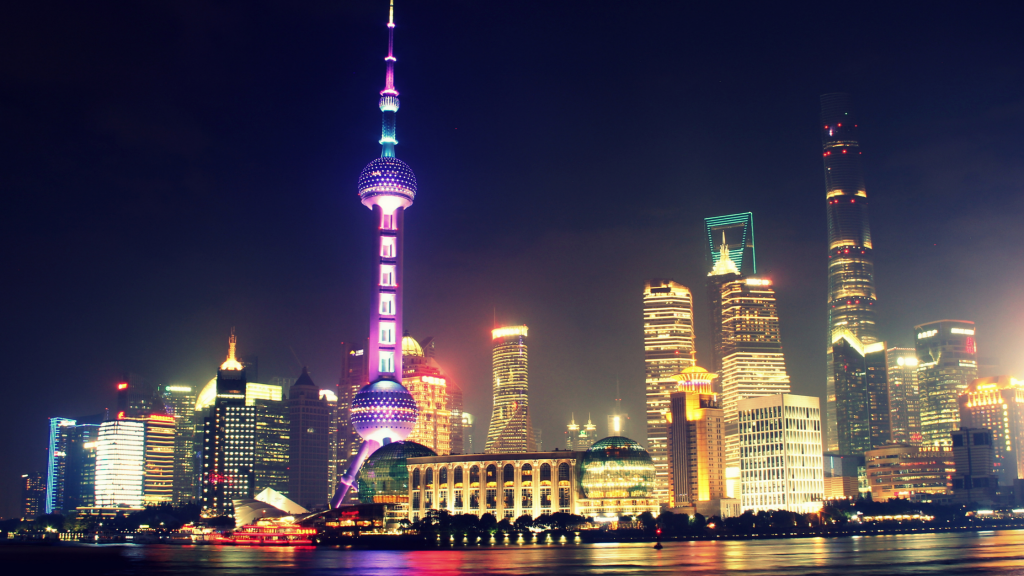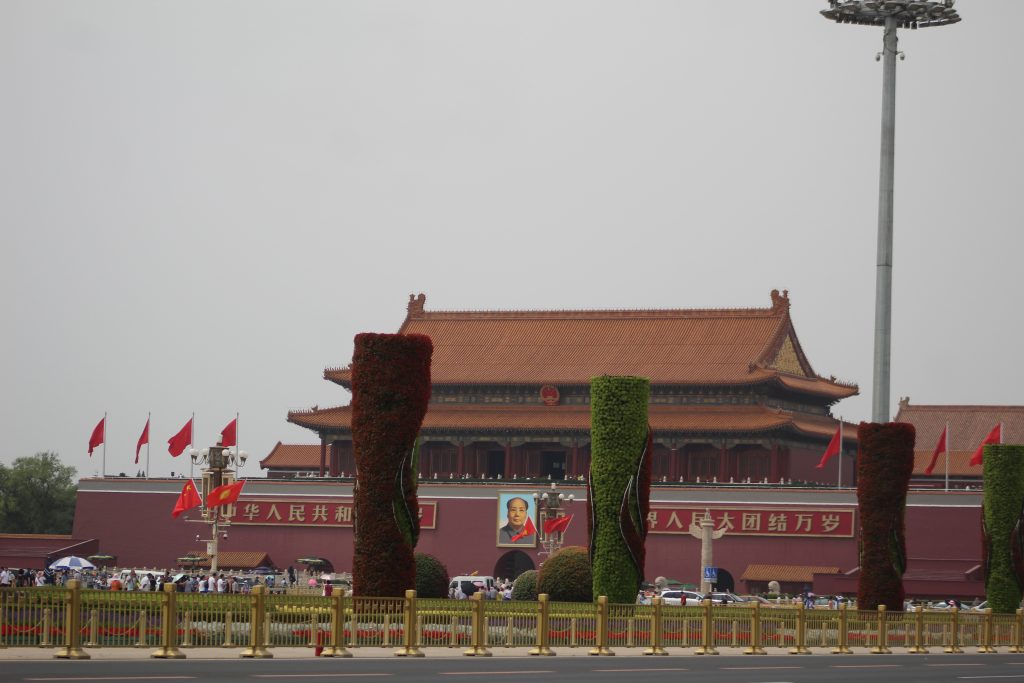What is Made in China 2025?
To clarify, the critiques presented in this article are directed toward the Chinese government, specifically the Communist Party. It is unfortunate that this foreword is necessary, however the US is experiencing heightened hate crime directed towards Asian Americans. I have a love for Chinese people, Chinese culture and encourage everyone to positively regard the Chinese and other Asian diaspora found all over the world. The government of the People’s Republic of China, however, is not beyond criticism.
As Ray Dalio has written in his Changing of World Order LinkedIn series, China’s CCP is a rising power and has the potential to change the world order. His series brings transparency to the history of China. This article is focused on the future.
Fragile Supply Chain Exposed
Over the course of the last year, the Covid-19 Pandemic has gradually taken over our everyday lives. The pandemic has affected the way we interact with our environment, our communities, and our world. The pandemic exposed many of the chinks in our societal armor to the public last year as supply lines slowed. This ought to be teaching global leaders the importance of domestic manufacturing ability in key industries. It is no secret that manufacturing has been steadily moving abroad for decades, especially in China. Being a manufacturing hub means crucial supplies are not held up in international trade routes during times of crisis, as the US faced in 2020. The Communist Party aims to completely nationalize certain industries with the Made in China 2025 (MIC2025) plan. This means that for those key industries, Chinese companies will outperform Western companies within China.
In fact, China’s ambitious domestic manufacturing plan goes hand-in-hand with China’s preexisting 2013 Belt & Road Initiative (BRI). The BRI is a Chinese investment and development plan aiming to improve trade along the traditional Silk Road and the proclaimed “maritime Silk Road” and enhance regional connectivity. To put it simply, the BRI involves China making deals with underdeveloped countries across several continents that are seeking to improve their infrastructure. The plan is for the CCP to provide these countries with generous loans as an investment in infrastructure. These deals strengthen the bilateral relationship between China and the recipient state. Additionally, this also opens new markets for Chinese goods and provides jobs to Chinese construction companies. The Communist Party hopes that the combination of MIC2025 and the BRI will allow Chinese companies to outcompete Western alternatives, both within the PRC and abroad.
10 High Priority Industries for Made in China 2025 Initiative
This new aggressive initiative targets 10 specific industries to prioritize and overhaul China’s production capabilities. These industries include:
- Information Technology
- Robotics
- Green energy and green vehicles
- Aerospace equipment
- Ocean/Naval engineering
- Railway/transportation
- Power equipment
- New materials
- Medicine
- Agriculture
The Communist Party has labeled these industries as being crucial to development in the 21st Century.
If we look back to last year — something many of us would rather avoid — we can see how quickly complications can bring a halt to a globalized supply chain. For many Americans, 2020 was the first time they considered the global supply chain (we have written about supply chain evaluation in our Business Continuity 3-part Series here) and the vulnerabilities it presents. Everyday items like toilet paper, hand sanitizer, baby wipes, and diapers, and disinfectants quickly disappeared from shelves. In order to avoid potential shortages and promote self-sufficiency, China seeks entirely nationalized supply chains for the ten targeted industries.
The 4th Industrial Revolution: China’s Plan to Lead
Let’s take a quick look back at history. The Second Industrial Revolution is the rise of telecommunications technologies at the end of the 19th century. During this time, electrical power and telephones were introduced to the general public, improving communication and transportation. The Third Industrial Revolution built upon the second and introduced computers and digitization to society, helping to cultivate the e-world we are currently navigating.
Today, the century offers the Fourth Industrial Revolution, recognized for its advancing information technologies, like cloud storage and 5G. As the international community enters the Fourth Industrial Revolution, the People’s Republic of China fully intends to be a key competitor in most international markets, a leader in cutting-edge technological development, and promote the growth of domestic innovation in China as a means of “national rejuvenation.”
Made in China 2025: Modernization
Made in China 2025 is a top-down approach to modernization that aims to utilize foreign research to leap ahead. In a centrally structured economy, wherein many companies are State-Owned Enterprises (SOEs) or receive state-sponsored assistance, the incentive to continually modernize and innovate is lacking. Thus, the CCP requires a top-down approach to introduce smart manufacturing and advanced automation into key industries.
However, it is because of these state-led economic practices that the international community, and especially the US, have been critical of China’s trade practices at large. By giving preferences and subsidies to domestic companies and SOEs, the Communist Party has made competition against SOEs in many sectors nearly impossible for foreign companies.
A Changing China
Currently, China falls considerably behind many Western democracies in the digitization and automation of industries. However, the Chinese Communist Party has been very encouraging towards Chinese companies gaining technology from their foreign partnerships. In fact, the sharing of intellectual property is often a requirement for doing business in China. By using foreign companies to close the technological gaps and giving strong economic advantages to Chinese firms domestically, the CCP aims to be well established as a leading technological superpower.
It is vitally important to remember that, from the Chinese position, the PRC’s continued rise is in no way nefarious. Rather, to the Chinese perspective, what has been occurring over the last 70 years is just a rebalancing to the former state of global affairs; a return of China to global superstardom and overwhelming regional hegemony, after the devastating Century of National Humiliation.
The People’s Republic does not intend to continue to be known for low quality, cheaply produced goods. Rather, the CCP expects to make China a leading technological innovator, as well as make select SOEs become highly competitive and well-known international brands. Over the next decade, the PRC hopes to move many Chinese industries much farther down the supply chain line and increase the value Chinese firms produce. This has dramatic implications for our modern, globalized economies. Made in China 2025, and other large-scale policy plans like the Belt and Road Initiative, are important steps for the Communist Party to actualize their intended “national rejuvenation” before the 100th anniversary of the People’s Republic in 2049.
What China’s Plan Means To Your Business
Businesses should be wary about doing business in the PRC or with Chinese companies. The line between public and private is blurry. The advancement of technology has become inextricably tied to the development of a nation, and this is the emergence of techno-nationalism. Therefore, doing business in China may mean surrendering intellectual property, which the Chinese government may utilize for geopolitical gains. Naturally, this also applies outside of the PRC when doing business with Chinese technology companies. Businesses and governments should exercise caution when considering implementing Chinese technological infrastructure, such as 5G.
About the Author
Hunter Hites is a recent graduate from Indiana University, with a B.A.’s in International Relations and Chinese.
Hunter is currently responsible for research and analysis at Stratavize Consulting.
Connect with him on LinkedIn.





